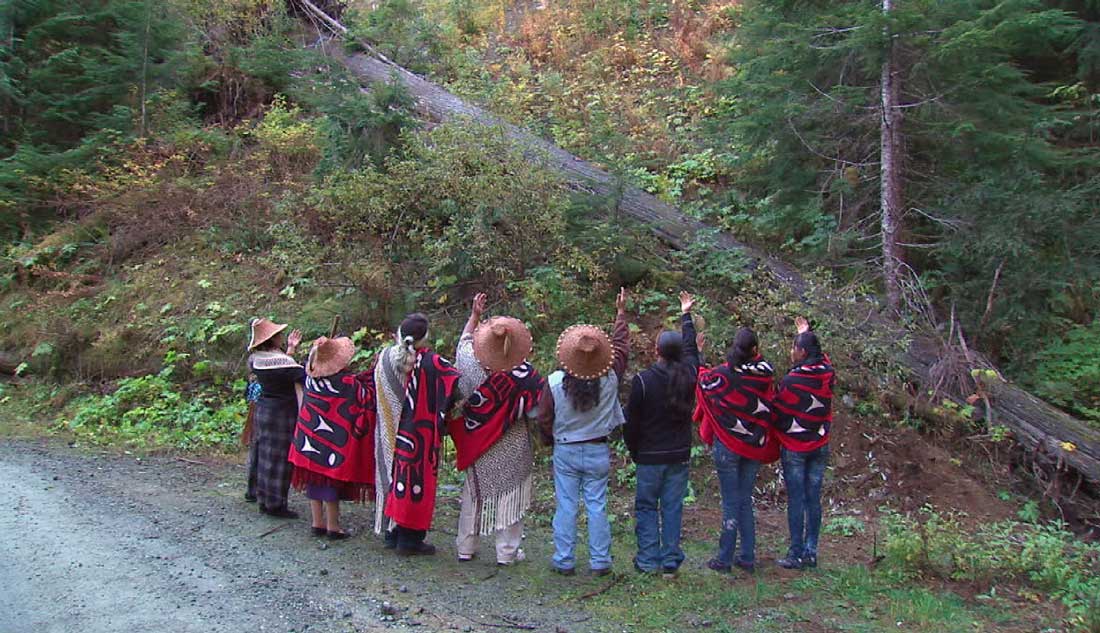UA Little Rock to host exhibit exploring health concepts of native populations
The University of Arkansas at Little Rock Sequoyah National Research Center will host an exhibit exploring health and illness among Native Americans, Alaska Natives, and Native Hawaiians.
“Native Voices: Native Peoples’ Concepts of Health and Illness,” will be on display at Sequoyah National Research Center from June 21 to Aug. 3. It explores the interconnectedness of wellness, illness, and cultural life for native people.
“The Sequoyah National Research Center is very excited to host our first national traveling exhibit, especially one that has been critically acclaimed,” Archivist Erin Fehr said. “We want visitors to understand the diversity of American Indian and Alaska Native perspectives and traditions, in particular their views on health and wellness, and walk away with a new appreciation of Native American lifeways.”
Sequoyah is one of 104 institutions in the country and the only one in Arkansas to host the exhibit produced by the National Library of Medicine and the American Library Association.
The center will hold a reception for the exhibit from 4 to 5:30 p.m. Tuesday, July 11, and a film screening of “Heartbeat Alaska” at noon Wednesday, July 19, in Ottenheimer Library Room 535.
The Sequoyah National Research Center acquired the Jeanie Greene Heartbeat Alaska Film Collection in 2014. The collection is a record of contemporary Alaska Native life. In 1990, Jeanie Greene, an Inupiat journalist, established the television show “Heartbeat Alaska” as a forum for Alaska Native people to share the stories that impacted their lives on a daily basis.
The UA Little Rock Sequoyah National Research Center is located at 5820 Asher Ave., Suite 500, in the University Plaza. The exhibit will be open from 8 a.m. to 5 p.m. Monday through Friday. Admission is free.
In the upper right photo, the healing totem in the National Library of Medicine herb garden began its year-long journey in 2010, with the selection of a downed 500-year-old red cedar by Jewell Praying Wolf James.
